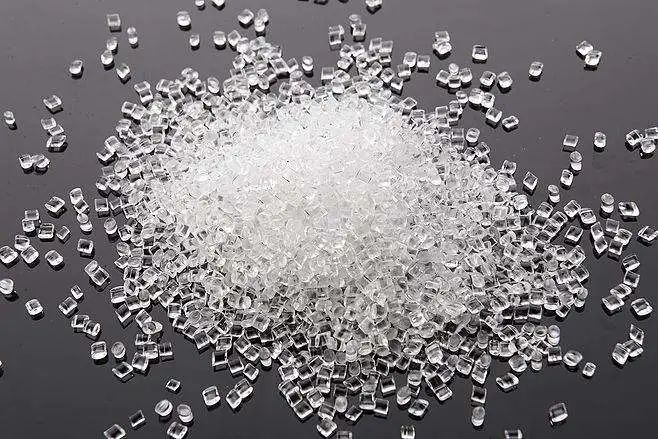I. Polypropylene
Polypropylene (PP) is a kind of thermoplastic plastic (hot melt) formed by polymerization of propylene. It is the least dense plastic, usually translucent colorless solid, odorless and non-toxic.
Because of the low temperature brittleness of polypropylene, in order to improve this disadvantage, propylene is usually copolymerized with a small amount of ethylene molecules, thus polypropylene is divided into homopolymerized polypropylene and copolymerized polypropylene.
Polypropylene has excellent pressure performance, and is very easy to hot melt welding after being made into pipe, compared with PE, it can withstand higher temperature, so it is widely used in home decoration water supply pipeline. Polypropylene has experienced the following development process when it is used as pipeline raw material:
Pp-h is homopolymer polypropylene, commonly known as type I polypropylene. Completely made of propylene polymerization, impact resistance is relatively poor, high temperature resistance is good. The pipeline is generally used for chemical pipeline or other engineering purposes.
Pp-b is block copolymer polypropylene, commonly known as type II polypropylene. Pp-b has high ethylene content, which greatly improves its low temperature impact resistance, but loses its high temperature resistance. So pipes made of it are generally suitable for cold water systems.
Pp-r for random copolymerization polypropylene, commonly known as Ⅲ type polypropylene, by a small amount of ethylene monomers and polymerization of propylene with trackless copolymerization method, it balances the advantage performance of PP, PP – B – H, can not only absorb a certain amount of high temperature, and improve the impact resistance at low temperature, as a more ideal, pipe material system can be widely used in cold and hot bath water. Today, PPR has occupied the vast majority of the market for water pipes in the field of home decoration, which is inseparable from stability, reliability and easy installation, and of course the price of relatively close to the people.
Pp-rct is also called high-temperature β-crystalline PPR, is a modified PPR material, commonly known as type ⅳ polypropylene. Due to the hexagonal crystal form replacing the monoclinic crystal form of PP-R, the PP-RCT has the common physical properties of PP-R, and the heat, pressure, toughness and other aspects can be improved. At present, PP-RCT is mostly used in high temperature heating system.

PB polybutene
Polybutene (PB) from butene polymerization into a thermoplastic (hot melt), its non-toxic, odorless, cold and heat resistance is very excellent, known as the “gold in plastic”.
PB tubes are usually milky white.
After the pipe is made, the pressure resistance of PB pipe is very good, but the impact resistance is poor and easy to crack. PB is relatively viscous after hot melting, and the cooling hardening time is longer, and the construction difficulty is relatively high. As a heating system pipeline, due to good insulation performance, compared with better heat dissipation performance PE material, is not suitable for heating pipeline.


